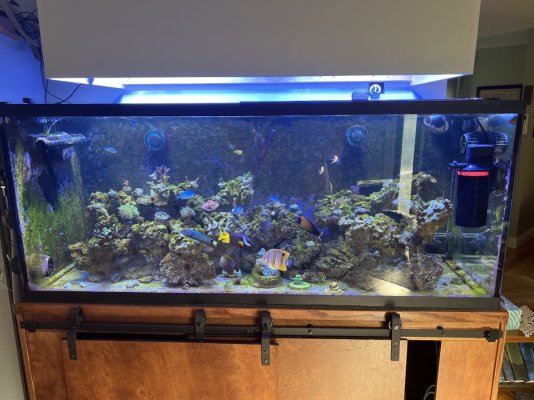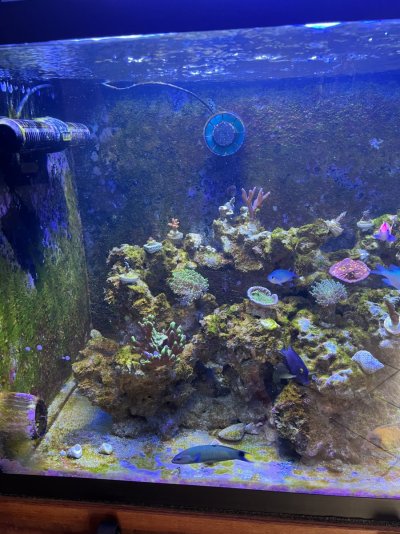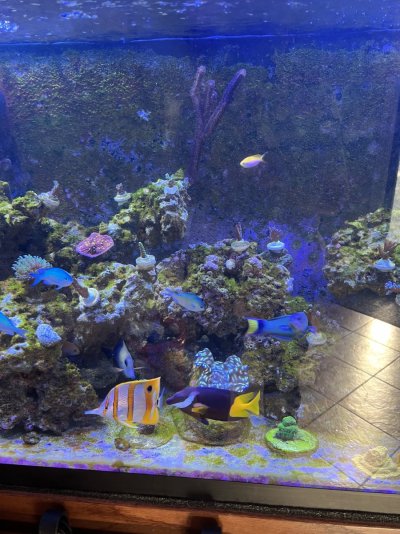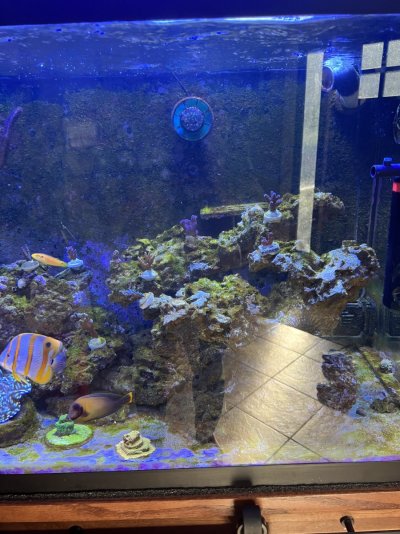I’ve been having some ongoing issues, one of which is elevated aluminum that I can’t seem to find the root cause. I have a suspicion that it is in the mortar that I used to construct my aqua scape. Some aluminum pieces may have gotten into the mortar I used due to me cutting aluminum square bar and constructing my aquascape in the same space.
I have been thinking of switching out 100% of my rock for tbsw rock. I wonder what effect it would have on the fish and corals? Could I get away with it? Shipping temps are good now and die off would be minimal since I plan on only using base rock.
So. Could this work and be done safely?
Thoughts @LiverockRocks
I have been thinking of switching out 100% of my rock for tbsw rock. I wonder what effect it would have on the fish and corals? Could I get away with it? Shipping temps are good now and die off would be minimal since I plan on only using base rock.
So. Could this work and be done safely?
Thoughts @LiverockRocks
Last edited:























